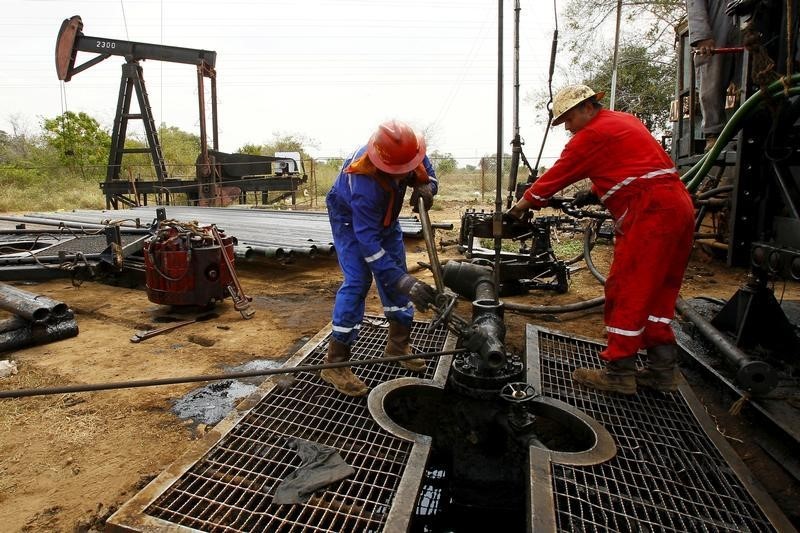Commodities
Energy shares show resilience amid market dip, oil surges past $90


© Reuters.
In the face of a broader market downturn on Tuesday, energy shares demonstrated relative resilience, according to reports. Analysts have attributed this trend to the continuing climb of oil prices, which breached the $90 mark.
The surge in oil prices is understood to be influenced by factors including geopolitical tensions and high rates. Notably, Russian and Saudi actions have been highlighted as significant contributors to the current state of the market.
Analyst Rob Curran, who reported on these developments, pointed out that these dynamics have led to a less severe fall for energy shares compared to other sectors in the market. The specifics of these influences and their potential long-term impact on global energy markets remain closely watched by investors and analysts alike.
This development comes amid a broader backdrop of fluctuating markets, with various sectors experiencing different levels of volatility. The resilience of energy shares amid these conditions underscores the sector’s current robustness in an otherwise challenging economic environment.
This article was generated with the support of AI and reviewed by an editor. For more information see our T&C.
Commodities
Oil prices rise; U.S. crude inventories plunge, Russia-Ukraine truce eyed
Commodities
India’s Reliance to stop buying Venezuelan oil over US tariffs, sources say
Commodities
Oil prices climb on Venezuela supply worries

 Forex3 years ago
Forex3 years agoForex Today: the dollar is gaining strength amid gloomy sentiment at the start of the Fed’s week

 Forex3 years ago
Forex3 years agoUnbiased review of Pocket Option broker

 Forex3 years ago
Forex3 years agoDollar to pound sterling exchange rate today: Pound plummeted to its lowest since 1985

 Forex3 years ago
Forex3 years agoHow is the Australian dollar doing today?

 Cryptocurrency3 years ago
Cryptocurrency3 years agoWhat happened in the crypto market – current events today

 World3 years ago
World3 years agoWhy are modern video games an art form?

 Commodities3 years ago
Commodities3 years agoCopper continues to fall in price on expectations of lower demand in China

 Economy3 years ago
Economy3 years agoCrude oil tankers double in price due to EU anti-Russian sanctions

























